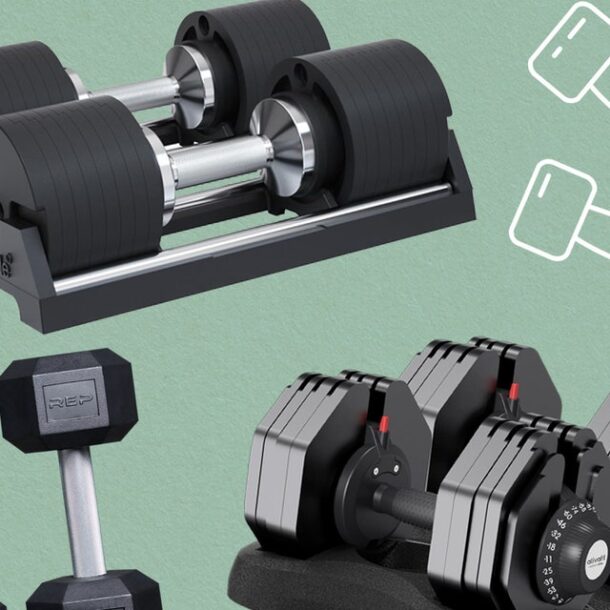There’s no denying that sometimes pushing outside your comfort zone is exactly what a workout — and your goals — call for. But consistently exercising at 100 percent could put you at risk of overexertion and even injury. So where do you draw the line?
We talked to Jo Gomez, CPT, and Jackie Sharp Womble, MS, RDN, LD, EP-C, to clarify how to identify when you’ve overdone it, how to feel better ASAP, and what you can do to prevent overexertion in the future.
How Do You Know If You’ve Overexerted Yourself?
It can be tricky to identify the point of overexertion because of the very nature of exercise instruction; many programs call for you to push yourself because a little reaching may be necessary to build muscle and increase your aerobic capacity.
“There’s a fine line between pushing yourself to an effective limit and going over that limit,” Gomez explains.
That nuance may come down to your own level of fitness. But you’ll know you overdid it if you experience any of these overexertion symptoms:
What Causes Overexertion?
The causes of overexertion can vary depending on your habits and health, Womble explains. It’s possible you may experience a fluctuation in blood pressure or blood sugar, which can trigger some of these symptoms.
Low blood sugar may also be a sign that you’re not fueling up properly. Of course, the cause may also be dehydration, especially if you’re exercising in warm environments, like a garage gym that doesn’t have AC.
However, pinpointing the exact cause of overexertion can be just as difficult as knowing whether you’ve truly surpassed your limits. “A person can push themselves to the point they feel out of breath or reach a faster heart rate. And depending on your health history, age, and weight, that can be OK,” Gomez says.
How Do You Treat Overexertion?
If you catch it early enough, you may be able to curb overexertion and continue your workout after a break. “The body can handle some overexertion, as that’s usually what’s happening when working out,” Womble explains.
In order to head off overexertion, she advises watching for three early warning signs:
- A breakdown in exercise form
- Incorrect breathing
- Any kind of pain
If you do experience overexertion, Womble recommends rest, though duration depends on how hard you’ve pushed yourself.
To be on the safe side, Gomez advises that anyone who identifies symptoms of fatigue “cool down and sit to recover their heart rate and work their breathing into deep slow breaths.” This is especially important if you’ve started to feel nauseous or lightheaded rather than, say, registering a breakdown in form.
Both Gomez and Womble warn that exercising past the point of overexertion could cause you to faint or injure yourself.
Gomez adds that you should also hydrate and eat something to regulate your blood sugar, while Womble underscores the importance of getting medical attention immediately if you’ve incurred an injury.
How to Prevent Exercise Fatigue
There are things you can do heading into and during your workout to prevent fitness fatigue. Womble and Gomez suggest you:
- Hydrate before and during your workout. Sip on water throughout the day instead of chugging it right before you warm up, and keep a water bottle handy for drinking throughout your workout.
- Fuel properly before working out. Try working some foods that fight fatigue into your meals leading up to your workout and, as Womble suggests, try to balance these meals with wholesome carbohydrates, quality proteins, and a little bit of healthy fats for sustained energy.
- Lower exercise intensity. Gomez suggests overexertion is a sign you need to dial back your intensity. Take time to work on your form and breathing, and then you can slowly try to ramp up your intensity over time.
- Focus on your form. This mental cue may also help prevent fitness fatigue in the first place. “Listening to your body is key,” Womble concludes. “If you’re tired to the point at which you can’t perform the exercise with correct form, then you know it’s time to stop.”





